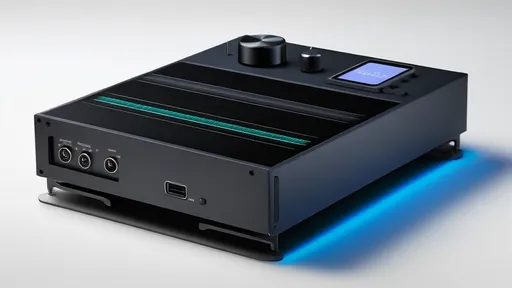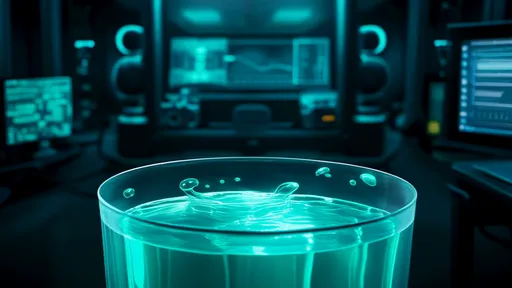The development of water material shaders represents one of the most fascinating challenges in real-time graphics. Unlike static surfaces, water is dynamic, refractive, reflective, and translucent—all qualities that demand sophisticated rendering techniques. Achieving realism in water simulation requires a deep understanding of both physics and artistic interpretation, as well as mastery of shader programming. Modern game engines and visualization tools rely on these shaders to create immersive environments, whether for open-world games, architectural visualizations, or cinematic effects.
The foundation of water shaders lies in simulating light interaction. Water behaves differently from solid objects because it doesn’t just reflect light—it also refracts it, absorbs certain wavelengths, and scatters others. To replicate this, shader developers use a combination of Fresnel equations for reflectivity, Snell’s law for refraction, and absorption coefficients to mimic how light penetrates and dissipates in water. The balance between these elements determines whether the water looks like a shallow stream or a deep ocean. Subtle details, such as caustics dancing on the seabed or the way light bends around waves, are what sell the illusion.
Another critical aspect is the simulation of surface movement. Realistic water is never perfectly still; even calm lakes exhibit subtle ripples. Procedural noise functions, Gerstner waves, or physics-based simulations can be used to create these organic patterns. The key is to avoid repetition—nature is chaotic, and predictable motion breaks immersion. Displacement maps and vertex animation are often layered to achieve complexity, while tessellation can dynamically add detail where needed. The interplay between these techniques ensures that water doesn’t just look real but moves convincingly as well.
Transparency and depth handling are equally vital. Unlike opaque surfaces, water requires rendering both what’s above and below its surface. This poses challenges for sorting and blending fragments, especially when overlapping transparent objects like foam or floating debris. Depth-based fog is commonly applied to simulate the gradual loss of visibility underwater, with tinting that shifts based on the environment—greenish in murky ponds, crystal blue in tropical seas. Without proper depth attenuation, water can appear unnaturally clear or overly dense, breaking the sense of scale.
Modern rendering pipelines also leverage screen-space effects to enhance water realism. Screen-space reflections (SSR) capture nearby scenery dynamically, though they come with limitations like occlusion artifacts. Meanwhile, ray-marched techniques can simulate more accurate refractions but at a higher computational cost. The choice between these methods often depends on performance constraints. Additionally, particle systems are integrated to handle splashes, foam, and mist, which are essential for conveying motion and impact. These elements must be tightly coupled with the shader to maintain visual cohesion.
Art direction plays a surprising yet decisive role in water shader development. While physical accuracy is important, artistic exaggeration often sells the effect better. For instance, exaggerated wave height might make a stormy sea feel more dramatic, or heightened refraction could emphasize heat haze in a desert oasis. Color grading is another tool—pure water is nearly colorless, but tinting it slightly can evoke mood, from the eerie glow of bioluminescent bays to the polluted green of a swamp. The best water shaders strike a balance between scientific plausibility and stylistic intent.
Optimization cannot be overlooked, especially for real-time applications. Water shaders are notoriously expensive due to their reliance on complex calculations and multiple render passes. Techniques like LOD (Level of Detail) switching, distance-based effect scaling, and compute shader offloading help maintain performance. On lower-end hardware, approximations may replace physics-based simulations—such as using pre-baked normal maps instead of real-time wave calculations. The goal is to preserve visual fidelity without compromising frame rates, a delicate act that separates production-ready shaders from tech demos.
Looking ahead, advancements in hardware-accelerated ray tracing and machine learning hold promise for water rendering. Ray tracing can solve many of the limitations of screen-space techniques, offering accurate reflections and refractions at any distance. Meanwhile, neural networks might soon predict wave behavior or denoise rendered water in real time. However, these technologies are still in their infancy for widespread use. For now, the artistry of shader developers continues to drive progress, blending code and creativity to make virtual water as captivating as the real thing.

By /Jul 21, 2025

By /Jul 21, 2025

By /Jul 21, 2025

By /Jul 21, 2025

By /Jul 21, 2025

By /Jul 21, 2025

By /Jul 21, 2025

By /Jul 21, 2025

By /Jul 21, 2025

By /Jul 21, 2025

By /Jul 21, 2025

By /Jul 21, 2025

By /Jul 21, 2025

By /Jul 21, 2025

By /Jul 21, 2025

By /Jul 21, 2025

By /Jul 21, 2025

By /Jul 21, 2025